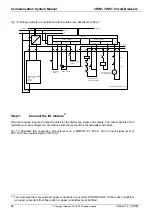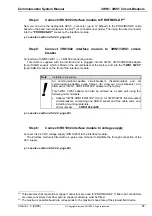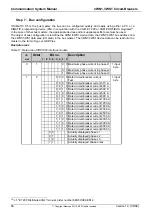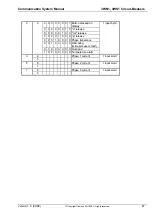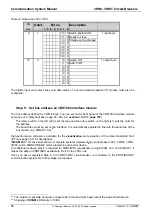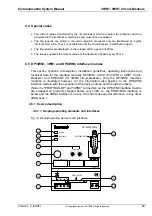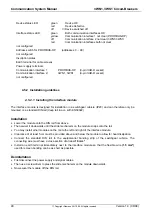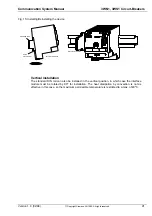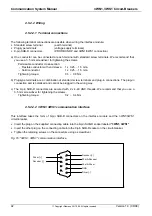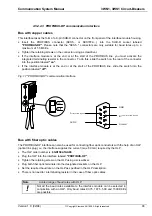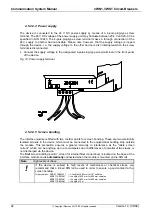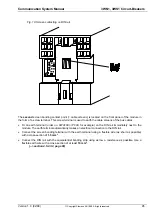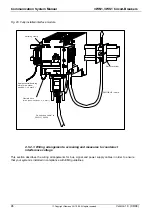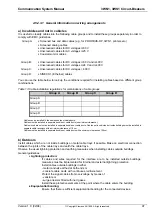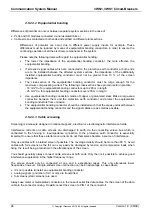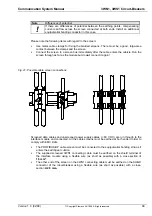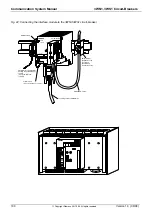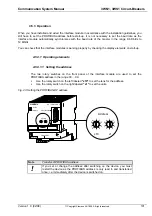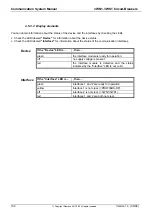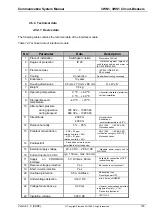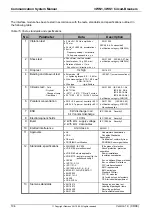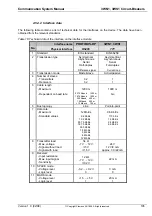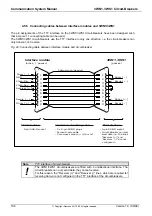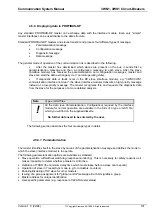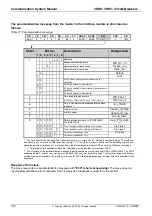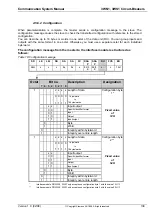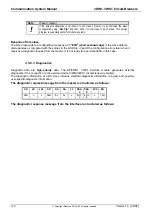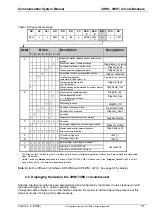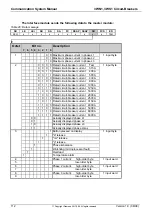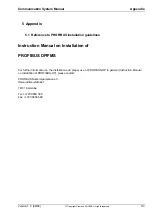
Communication System Manual
3WN1, 3WS1 Circuit-Breakers
98
Copyright Siemens AG 1998. All rights reserved.
Version 1.0 (08/98)
4.5.2.3.2 Equipotential bonding
Differences of potential can occur between separate system sections in the case of
•
PLCs and I/O modules connected via non-isolated links or
•
Cable screens contacted at both ends and earthed on different plant sections.
Differences of potential can occur due to different power supply inputs, for example. These
differences must be reduced by means of equipotential bonding conductors, in order to ensure the
continuing operation of all the electronic components in the system.
Please note the following items with regard to equipotential bonding:
•
The lower the impedance of the equipotential bonding conductor, the more effective the
equipotential bonding.
•
If screened signal cables which are connected to the protective earth conductor at both ends
are to be installed between the affected system sections, the impedance of the additionally
installed equipotential bonding conductor must not be greater than 10 % of the screen
impedance.
•
The cross-section of the equipotential bonding conductor must be large enough for the
maximum compensating current. The following cross-sections have proved useful in practice:
- 16 mm
2
Cu for equipotential bonding conductors up to 200 m in length
- 25 mm
2
Cu for equipotential bonding conductors over 200 m in length
•
Use equipotential bonding conductors made of copper or galvanized steel. Make a large-area
connection between them and the protective earth conductor and protect the equipotential
bonding conductors from corrosion.
•
The equipotential bonding conductor should be installed such that the areas enclosed between
the equipotential bonding conductor and the signal cables are as small as possible.
4.5.2.3.3 Cable screening
Screening is a measure designed to reduce magnetic, electrical or electromagnetic interference fields.
Interference currents on cable screens are discharged to earth via the conducting screen bus which is
connected to the housing. A low-impedance connection to the protective earth conductor is especially
important to ensure that these interference currents do not themselves become a source of interference.
Only use cables with a braided screen if possible. The coverage density should be more than 80 %. Avoid
cables with foil screens as the foil can very easily be damaged by tension and compression loads when
fixing, the result being a reduction in the effectiveness of the screen.
You should generally always connect cable screens at both ends. Only then is it possible to achieve good
interference suppression in the higher frequency range.
The screen should only be connected at one end in exceptional cases. This only attenuates lower
frequencies, however. A single-ended screen connection can be an advantage in cases where
•
it is not possible to install an equipotential bonding conductor.
•
analog signals (a number of mV or mA) are transmitted.
•
foil screens (static screens) are used.
Always use metal or metal-plated connectors in the case of serial link data cables. Fix the screen of the data
cable to the connector casing. Do not connect the screen to PIN 1 of the connector!

